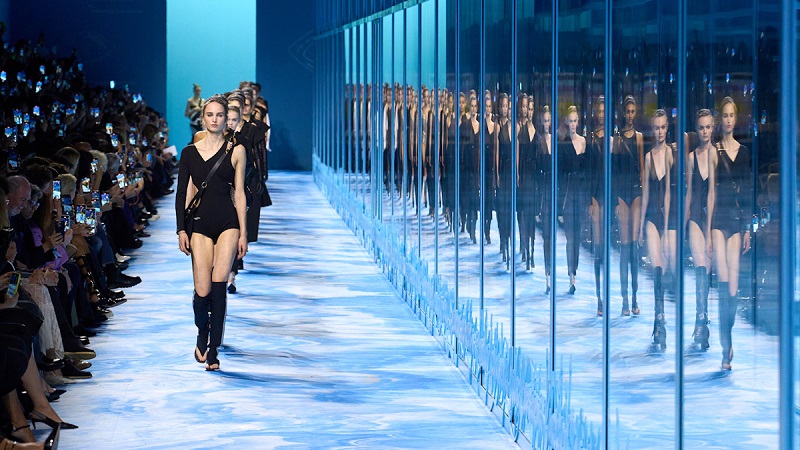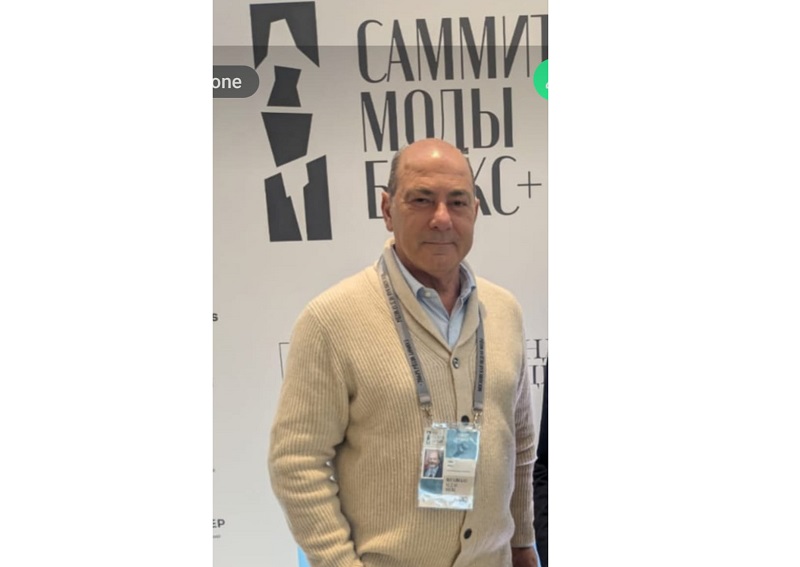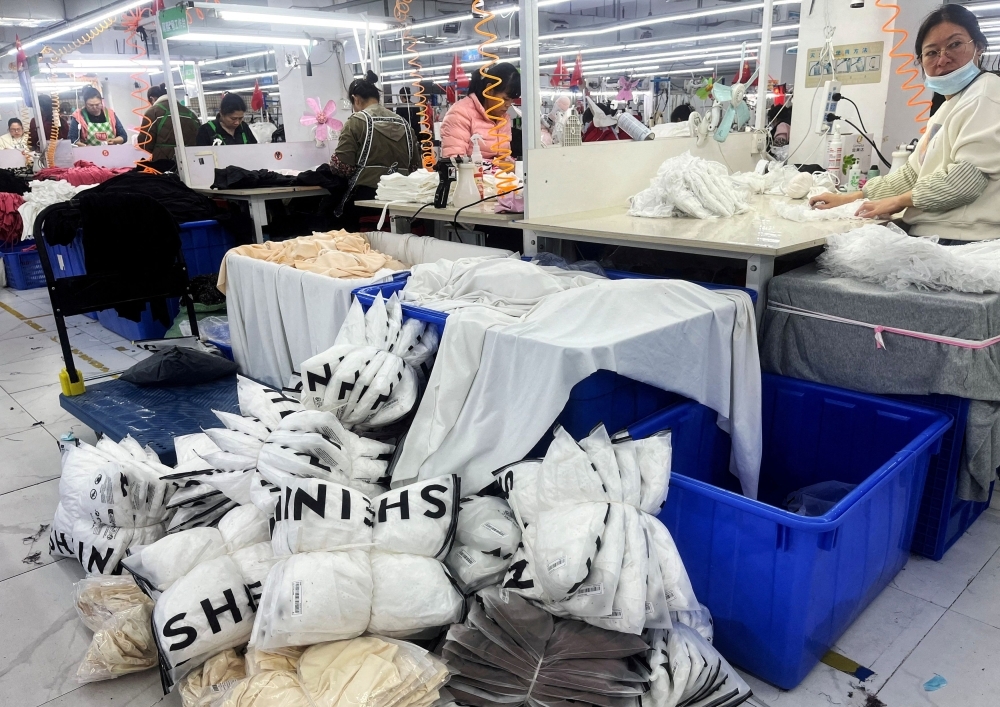FW
India is preparing a Rs 2,600 crore incentive package for the leather and footwear sector to boost exports and job creation. The package, which includes both tax and non-tax benefits, was prepared on the lines of the steps announced for the textile sector last year. Major players include: Bata, Liberty Shoes, Mirza and Relaxo Footwear.
The industry is mainly dominated by products made of synthetic leather. It accounts for about 90 per cent of the total leather manufacturing in the country. About 30 lakh people are directly employed in the sector. The aim is to increase the sector’s exports to 15 billion dollars by 2020 from the current seven billion dollars.
In the global market, China is giving a tough competition to Indian leather manufacturers in terms of pricing. The growth in the Indian fashion and lifestyle market has given an impetus to the footwear industry as well. From a basic need-based industry, it has become an evolving fashion and style category.
India is the second largest footwear producer in the world, with footwear production accounting for approximately nine per cent of the global annual production – 22 billion pairs as compared to China, which produces over 60 per cent of the global production.
Ahmedabad is gearing up to host Garment Technology Expo (GTE-’17) from August 18 to 20, 2017.
This is a garment, knitting and printing technology exhibition. GTE 2017 will see around 260 exhibiting companies and brands showcasing a rich mix of technologies in apparel manufacturing, knitting and printing. The trade show will see renowned Indian and international companies from across the textile and apparel value chain exhibiting CAD/CAM, sewing, knitting machines and embroidery machines, laundry and quilting machines, fusing machines, finishing equipment, spreading and cutting machines, printing and packaging machines, fancy yarn machines, dyes, chemicals, fabrics, fancy yarns, software solutions, spares and attachments, accessories and trims, testing equipment and support services.
This, the silver jubilee edition of GTE, promises to be a must-visit destination for buyers from the textile and apparel industry.
Gujarat is popularly termed as the textile state of India and Ahmedabad is the hub of the garment and made-up fabrication of the western region. Gujarat is a one-point sourcing hub for all kinds of textiles, with one of the largest concentrations of textiles in India. The show will showcase the ever growing and dynamic and vibrant industry of Gujarat. GTE initiated in 2001 and has already conducted successfully 24 editions across the nation.
By outsourcing jeans production to contractors in developing countries, apparel companies are able to avoid accountability for the carbon emissions created by manufacturing their products. Climate pollution is likely to have severe impact on developing countries, like Bangladesh, Vietnam, and China, that produce the world’s clothes. People who are already being exploited by jeans makers seeking cheap labor and lax pollution laws outside of the United States are also being disproportionately impacted by climate pollution.
The clothing industry is the second largest polluter in the world, second only to oil. The apparel industry generates about three per cent of global greenhouse gas emissions, roughly equal to the climate pollution created by putting 163 million new passenger cars on the road. One pair of denim jeans produces 44 pounds of greenhouse gas emissions equivalent to driving a car almost 48 miles.
Filthy Fashion, a newly-launched campaign from Stand. earth in partnership with Sum of Us, an international corporate watchdog, targets seven denim brands including Calvin Klein, Tommy Hilfiger, Guess, Express, American Eagle Outfitters, Wrangler, and Lee for ignoring their own impact in regard to the greenhouse gas emissions created by apparel manufacturing.
The groups are calling on all seven brands to take responsibility for their devastating environmental impacts and immediately begin addressing their greenhouse gas emissions created by denim manufacturing.
London Textile Fair was held from July 19 to 20, 2017 and the ongoing uncertainty surrounding Brexit did not discourage buyers from turning up in full force. More than 470 exhibitors displayed textiles, accessories, print designs and vintage clothing for Autumn ’18 at the trade show.
New features at the show included a hall to host 50 new textile exhibitors. The accessories hall showcased 65 exhibitors. The show was praised by visitors and exhibitors for its casual and accessible atmosphere.
Exhibitors met buyers from brands such as Burberry, Ted Baker, Erdem, Topman, Gloverall, Oliver Spencer, Anya Hindmarch, Racil, French Connection and Marks & Spencer.
London Textile Fair is the UK's premier platform for fashion fabrics, clothing accessories, print studios and vintage garments. It provides manufacturers and their agents the opportunity to showcase products to the most influential British buyers and designers.
Most visitors are from the UK and comprise some of the most influential buyers and designers from the major high-street retail stores as well as independent designers and buyers from their contract manufacturers. Each exhibitor is provided with a single stand, chairs, table cloth, rails and a sign. So each and every exhibitor is promoted equally.
Bangladesh’s earnings from apparel exports plunged 3.47 per cent in the first six months of the current calendar year. When competitors like Vietnam and Cambodia are posting double-digit growth in apparel exports, Bangladesh is losing competitiveness in the global market. Reason: depreciation of the pound sterling against the dollar and Bangladeshi exporters’ failure in reducing the lead time for the decline in readymade garment exports. The failure to reduce the lead time is due to lack of raw materials. As a result, many exporters can’t deliver product samples in time.
Earnings saw 2.96 per cent growth in January this year before decreasing by 5.95 per cent in February. Growth was negative in March by 0.97 per cent but posted positive in April and May. Earnings dropped 16.13 per cent in June. The country’s largest export-earning sector makes up 87 per cent of total export earnings and 16 per cent of GDP.
Garment exports marked a mere 0.20 per cent growth last fiscal though the growth rate hovered around 13 per cent only three years ago. There is a need for infrastructure and policy support, long-term tax policy and incentives to help apparel exporters retain a steady export growth.
US cotton producers aren’t projected to receive any government farm payments in the current fiscal year. In contrast, producers of corn, the biggest US crop, may receive $4.2 billion in aid this year. Globally, cotton is a heavily subsidized crop, with 71 per cent of world production receiving direct aid.
China is the world’s biggest subsidizer, giving $5.3 billion in aid. India’s aid is less direct, coming in the form of subsidies for farmers to cover fertilizer, electricity and other costs. Though China has been cutting back on price supports over the past three years, and reducing production incentives, and creating opportunities for exporters in the US, Brazil and Thailand, the support still isn’t zero.
Subsidies were cut because of a World Trade Organization ruling against the US cotton program, which lawmakers will need to tiptoe around while creating new aid. Cotton farmers in the US facing low prices are clamoring for assistance. They have experienced three or four years of hard times with a worldwide glut of major crops. The surpluses are curbing the outlook for American exports just as some farmers in the south are moving away from growing corn in favor of cotton, a trend that’s boosting domestic production of the fiber.
With a focus on supporting the implementation of the government’s Industrial Development Policy as well as other socio-economic projects the World Bank will disburse $540 million from 2018 to 2021 to finance economic development in Cambodia. The Finance Ministry committed financing was revealed between the newly appointed World Bank representative to Cambodia, Ellen Goldstein, and Minister of Economy and Finance Aun Pornmoniroth. Cambodia has seen the fastest economic growth in East Asia. Through this partnership, the World Bank will continue to support inclusive growth that benefits the poor, says Goldstein.
The World Bank is committed to help and cooperate with Cambodian government and the $540 million financing from 2018 to 2021 will be used to boost Cambodia’s economic development and other social development projects, she added.
Goldstein says that the funds would be prioritised to meet the needs of the government following their strategic development plan and the 2015-25 Industrial Development Policy. Cambodia’s 2015-2025 Industrial Development Policy aims to transform and modernise the country’s industrial structure from a labour intensive industry to a skills-driven. The IDP also promotes the development of the manufacturing sector and agro-processing industry through integration into regional and global production chains. Pornmoniroth says funds will contribute a lot to Cambodia’s development and give access to implement many other projects to boost growth and poverty reduction.
Nigeria is opening production hubs and most of the sophisticated equipment to start the production hubs is being put together in China and Italy. These will showcase the country’s professionalism in tailoring. Nigeria doesn’t have any tailoring that is mass produced.
South Africa has three such production hubs, each with a capacity of about 5000 to 6000 workers. In Nigeria, textile manufacturing is a key local industry, supported by a chain of suppliers such as cotton growers and natural dye makers. However, traditional methods of dyeing fabrics are threatened by cheap imports from abroad.
Nigerians have a love of naturally dyed fabrics with many prints based on traditional motifs. In northern regions, it is common for cloth to be a single color, such as indigo. Dyers use dye-pits (two or three meters deep). The cloth is left in these for a day or two, before being rinsed and left to dry. Sometimes, indigo cloth is beaten and given an extra coating of indigo powder to give a deeper shade and a glossy shine or sheen.
Nigeria's textile industry used to be the third largest in Africa. Now the country spends about 100 billion naira annually on importing clothing materials. If half of this could be made locally, the drain of foreign exchange could be stopped. Jobs could be created. Buying home made goods can stimulate the domestic economy.
Sri Lanka's apparel sector is heading for a major crisis due to an acute labor shortage. This needs to be addressed by using latest technology. Apparel is a labor intensive sector and the current labor shortage will be a challenge for the sector.
In 2016, half of Sri Lanka’s total revenues were from the textile and garment sector and this ratio has remained the same for several years. Sri Lanka's export basket has not changed much since the 1990s. If the country is to substantially increase export revenues, diversifying to new sectors is key. Similarly diversification of markets is also a priority for Sri Lanka.
With GSP Plus trade arrangement Sri Lanka has a great potential to export apparel to EU countries duty free but the skill labor shortage would hamper the opportunity to tap that lucrative market. The EU aims to support Sri Lanka’s economic growth by launching a series of initiatives which includes support to design and implement a coherent trade strategy for export competitiveness, support for trade policy development and regulatory reforms, enhancement of Sri Lanka's WTO trade negotiations capacity, support Sri Lanka's regional integration process and help Sri Lanka maximize the use of the EU GSP Plus scheme when it is granted.
Iran is mulling importing garments from Bangladesh directly. Right now, Iran imports most of garments it needs from countries like China and Turkey and sometimes buys Bangladeshi garments from third countries. Iran is working to open its markets to Bangladeshi garments. There are some barriers, including high tariffs and duties, Iran will progressively reduce them.
Iran is a country of over 79 million people and could be a big market for Bangladeshi garments. Bangladesh and Iran are connected historically and culturally. The two nations now have relations in all major fields. Bilateral relations are deep and based on mutual interest and will be strengthened in all fields through the opening up of new avenues in the coming days.
Iran has a plan to import rice from Bangladesh. The countries are thinking of establishing a direct Dhaka-Tehran air link, which will benefit Bangladeshi migrant workers and businesses of both countries. At one time Iran was one of the world’s premier exporters of textiles and silks to Europe, Asia and the rest of the world. Iran’s textile exports include garments, cotton and cotton blended fabrics and floor coverings including carpets. Compared to other countries Iran has a very small clothing industry.












